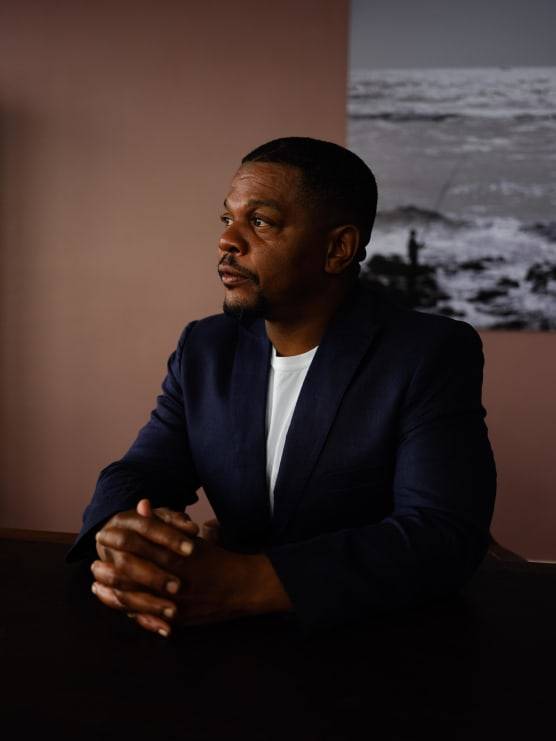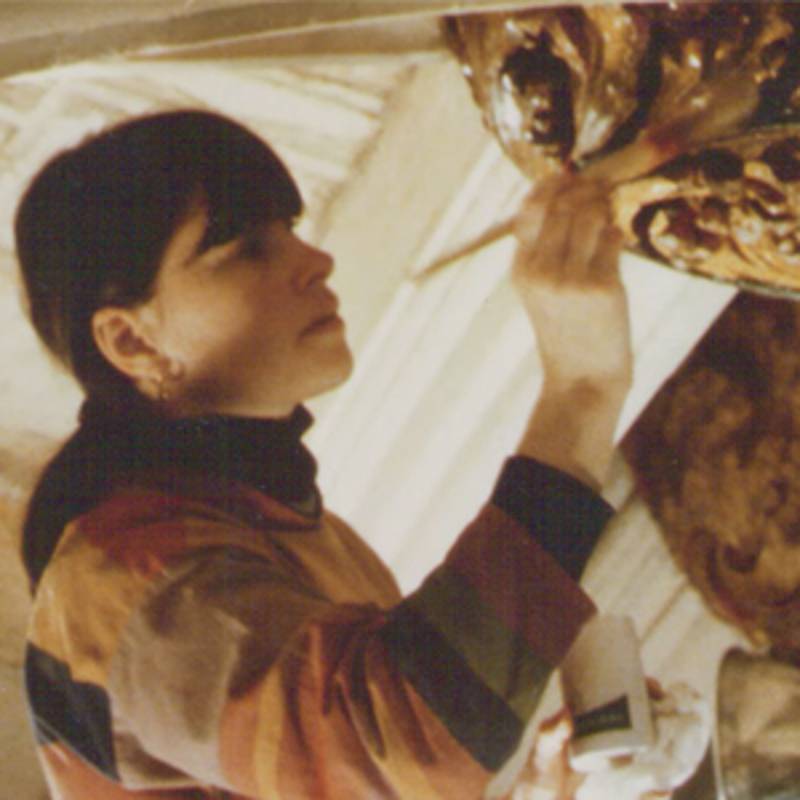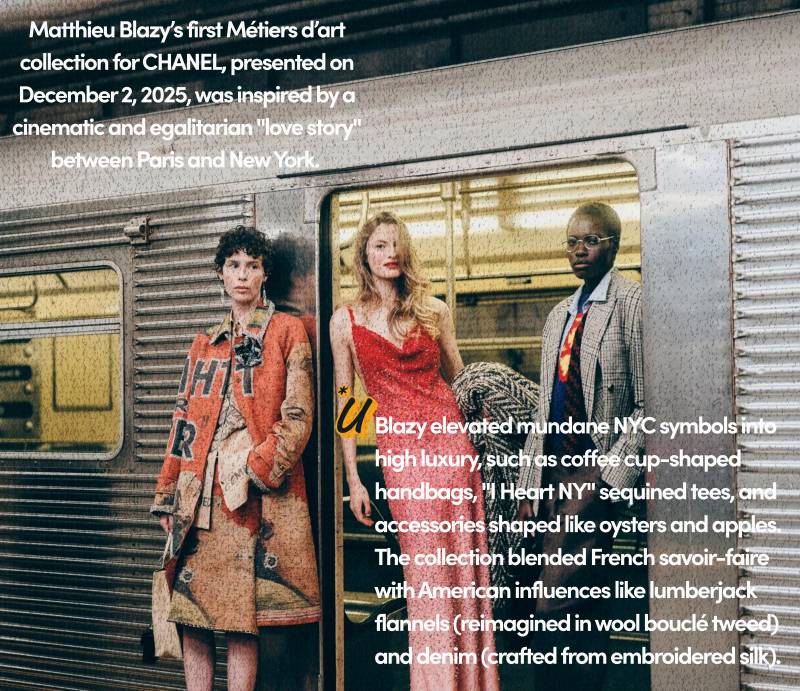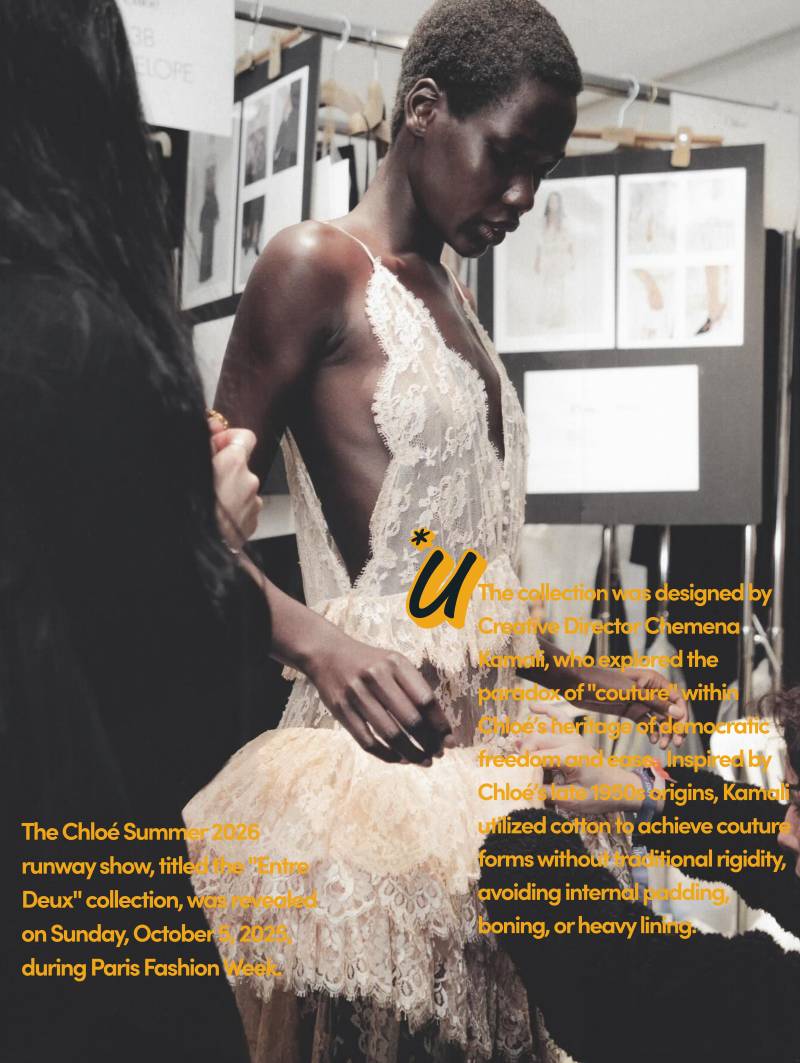The first time Kehinde Wiley visited Dakar, Senegal, he was a 19-year-old art student on his way to Nigeria in search of his father. A little more than two decades later, the New York-based artist, who recently became the first African-American artist to paint an official presidential portrait of former US President Barack Obama, will soon open an artist residency program in the city.
"It's radically foreign, but it's also somehow familiar," Wiley said of Senegal and why he has chosen Dakar as the launch point for the new project, called Black Rock Senegal, which is due to open in May.
First public display of $1.6 million Ben Enwonwu painting, and other highlights from ART X Lagos
First public display of $1.6 million Ben Enwonwu painting, and other highlights from ART X Lagos
"I think there was something about the radical
dissonance between desert and sea, and the sense of being completely outside of the territory that you're familiar with," he added as he looked out over Dakar's view of the Atlantic from his now part-time home. Kehinde said it's mostly the residents themselves of Dakar, more than any one attraction, that got him enamored with the city.
"I come from a place where there are traffic jams, and people flex and floss with their cars," he said. "Here, people flex and floss with their bright colors."
Ricci Shryock
Flexing with bright colors is a creative trope of Wiley's. His "World Stage Lagos/Dakar" (2007-2008) series of paintings features men from West Africa in poses that recreate historical sculptures in front of bright, floral backgrounds. As the description on Wiley's website reads, the series "highlights local representations of power and calls attention to the ways that black youth seek to represent themselves outside of colonial and national modes of representation."
President Barack Obama's official portrait by Kehinde Wiley.
President Barack Obama's official portrait by Kehinde Wiley. Credit: Courtesy National Portrait Gallery
But the painting he is most well-known for is his official portrait of former US President Barack Obama, which was unveiled last year. Wiley portrayed Obama seated, with a bright green floral background embracing the first African-American president. Choosing Wiley to create the portrait made not only artistic, but also narrative sense: For years Wiley has focused many of his paintings on representation, power and "what it means to be black and specifically male."
Artist's next project after painting Obama
"We're not just looking at a black people, we're looking at ways of looking, ways of seeing that are received throughout history," Wiley said in an interview with the Virginia Museum of Fine Arts about his work last year.
Even his name plays with notions of power and truth. While "Kehinde" means the second-born twin in Nigeria's Yoruba culture and religion, it also means he is considered the elder twin. Tradition dictates the second born twin sent the first born out to see if it was time to enter the world. Wiley draws from these ideas of complex truths.
"The dominant feature of many African religious and cultural norms is that you can't trust the star of the show, you can't trust the hero," he said. "The hero is at once on your side and going to flip on you at any moment." he said. "It's the aesthetic of people basically trying to create a type of sanity out of a world that is insane."
The notion of double meanings, twinning and power have influenced how he sees the world and how he demands that a viewer of his work sees the world.
Thebe Magugu: 'I come from a very rich culture'
"It's something that has informed my aesthetic, the way that I look at double meanings, and the way that slippage can occur when you look at the black body. What are you looking at when you see a Kehinde Wiley painting? Sure, you're seeing people that you perhaps think you understand on a visceral, knee-jerk level, but I think also the paintings demand that you slow down and spend time with each individual. It operates in the opposite way that we are used to seeing black male bodies in public space."
It makes personal and professional sense for Wiley to take his work to the African continent. This will allow him to amplify the conversation on representation.
"I think what Africa represents for me is a place where I can explore media images that I've received, and confirm and or deny them," he said. "There's something about the way that you see yourself on television, online and then reconfirm that that's not exactly what's happening. This dissonance between the person that you know yourself to be and blackness that you see tele-visualized, I wanted to explore that, and Africa is where that happens."
Ricci Shryock
Researcher El-Hadji Malick Ndiaye, from Dakar's IFAN Museum of African Arts, said Senegal has a long history of visual arts, and that ties with the contemporary global art scene. "It's important in terms of possibilities to exchange with other artists and actors in the arts. Today the art world in Dakar is not only artists, it's diverse. There are cultural centers, there are collectors who develop, there are heritage experts, and this all creates for a dynamic exchange in the capital city," he said.
According to Wiley, the residency will not solely focus on the visual arts. The property will also have a kitchen where top chefs can experiment with cuisine.
The Rwandan design school re-shaping Africa's future
"We put in an entire chef's kitchen, so that we can have this conversation not just about the visual arts, but also about cuisine," Wiley said. "This interaction, inviting creative thinkers from all over the world to engage with people, and I have no idea what it's going to look like. It's this kind of fear moment fear, that you kind of want as an artist."
"You know you're on to something good when you don't know what the hell is going to pop off."
SOURCE : CNN




